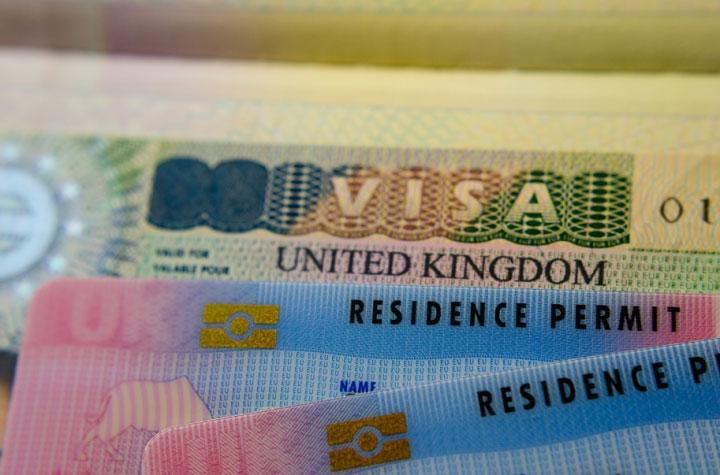Right-to-work checks changed in October 2022: What employers need to know

If you’re an employer, you need to know that from October 2022, how you carry out right-to-work checks has changed.
During the COVID-19 pandemic, the Government made temporary changes allowing employers to check identification documents remotely using scanned documents or video calls, but these changes no longer apply.
Although the adjustments were extended a number of times, the temporary measures finally came to an end on 30 September 2022.
From October 2022, employers cannot carry out right-to-work checks remotely. This article outlines what you need to know about right-to-work checks now.
How do I check my employees’ right to work from October 2022?
From October 2022, employers must now ensure they are carrying out one of the following checks before an employee commences employment. A period of induction is too late and will not give an organisation a statutory excuse against negligently employing an illegal worker. Checks must be undertaken before the employee starts work, and it is advisable to complete checks in the final recruitment stages.
For British and Irish citizens:
- a manual right-to-work check, i.e. obtaining, checking and verifying original documentation in person at a face-to-face meeting; or
- a right-to-work check using identification document validation technology via the services of an identity service provider (ISP).
For any prospective employee who holds a biometric residence card (BRC), biometric residence permit (BRP), has EU settled or pre-settled status, or a frontier worker permit (FWP), organisations must check their right to work online, using the Home Office online right to work checking service.
Physical checks of documents are no longer permitted for employees with these types of permits and immigration permission. For any other non-British or Irish citizens without a BRC, BRP, EU Settled or pre-settled status or an FWP, employers are permitted to undertake a manual right-to-work check.
How do I carry out a right-to-work check from October 2022?
Manual right-to-work check
The most straightforward option for most employers employing British or Irish citizens is likely to be a manual right-to-work check and for many, this will be a return to the status quo. Employers carrying out checks this way should ensure that any documents produced by employees are identified on one of the Government’s lists of acceptable documents. They should also ensure that any copies of these documents taken are clearly marked as having been reviewed on a specific date and retained for future reference for the duration of the employee’s employment, and two years thereafter.
Online right-to-work checking service
For any non-British or Irish nationals who hold BRPs, BRCs and EEA nationals with settled or pre-settled status, employers must use the Home Office online Right to Work Checking Service. Employers should ask the potential employee to provide their share code and date of birth in for a check carried out this way. Employers will be able to undertake manual checks for any non-British or Irish citizen without one of the immigration documents listed above.
Identity Service Providers (or ISPs) for large employers
Larger employers or those who regularly recruit new members of staff may choose to engage an ISP to carry out right-to-work checks. There are currently 17 ISPs, and costs for outsourcing these checks vary. For employers considering this method, it is important to note that the legal obligations to ensure right-to-work checks comply with prescribed government guidance, in addition to any associated liability (up to £20,000 per illegal worker and potentially imprisonment in the worst cases), still remains with the employer and cannot be passed to any ISP, so employers should seek to satisfy themselves that their chosen ISP will undertake right to work checks in line with government requirements and also that the employer reasonably believes the person is whom they claim to be.
Whichever method employers may choose to use going forwards for new employees, it is vital that your organisation’s recruitment processes are up to date and reflects these changes.
For support and advice on any of the issues covered in this article, or to find out how our expert Employment team can help your organisation, please contact either Tony McPhillips at 0191 211 7908 or [email protected] or Amy Sergison at 0191 211 7995 or [email protected]
